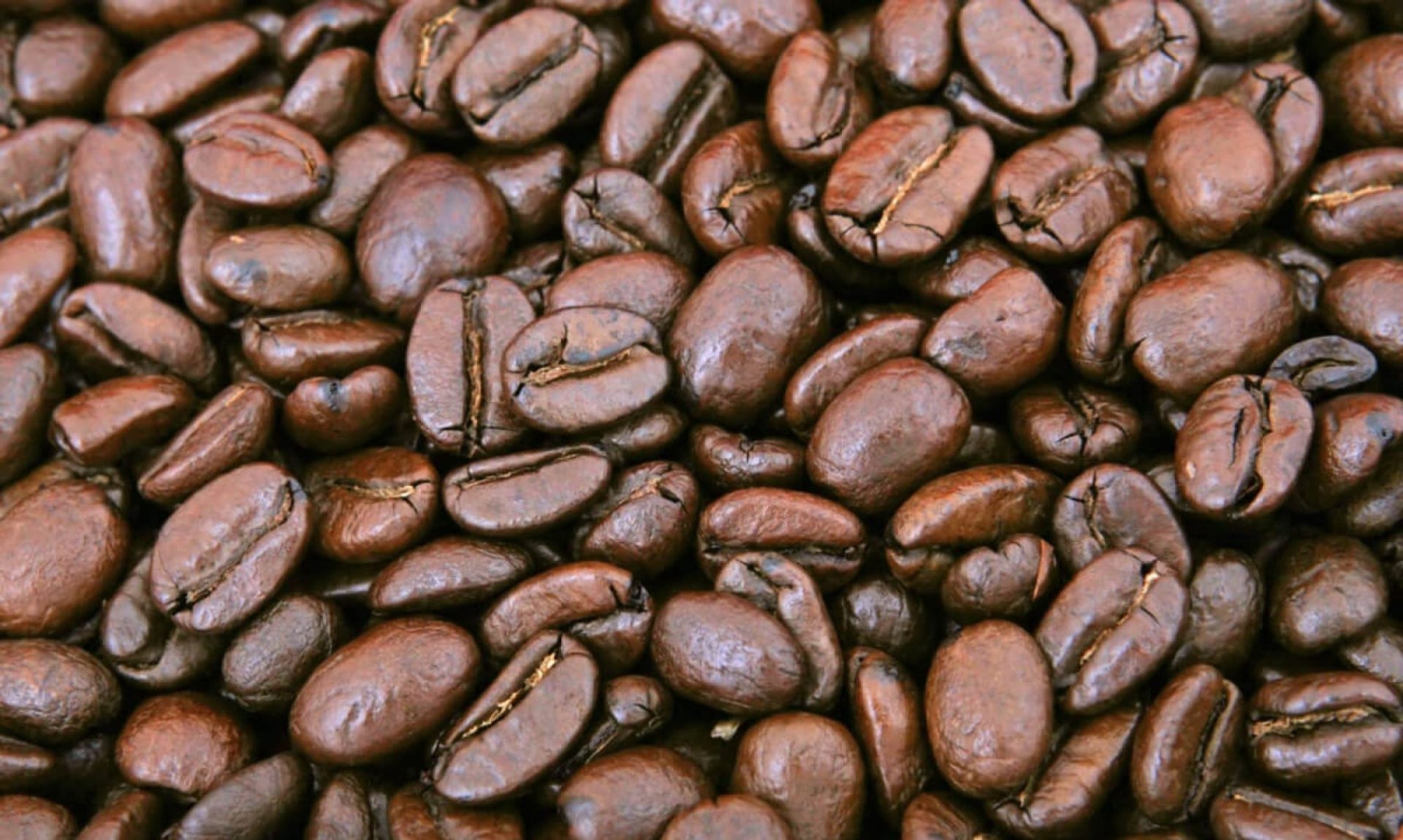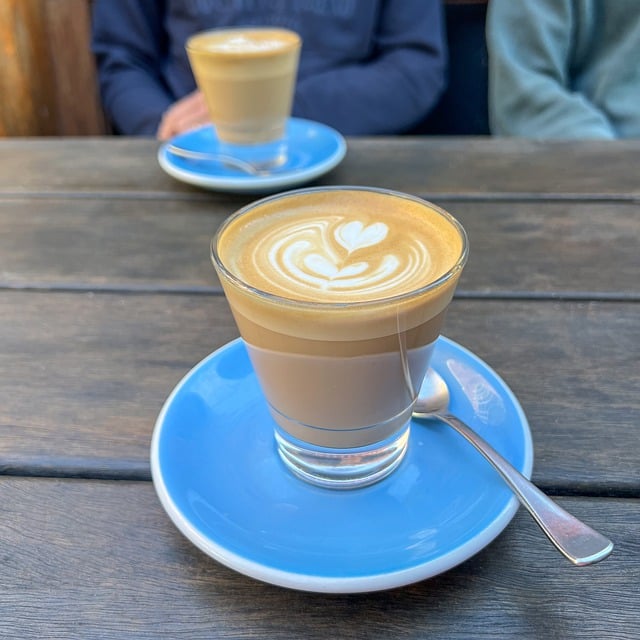Discover the secrets behind the most popular coffee brewing methods that coffee lovers around the world swear by. In this article, we’ll explore the top three techniques for brewing coffee, ensuring you get a perfect cup every time. Elevate your coffee experience with these tried-and-true methods.
French press: a classic and flavorful treat
Known for its simplicity and ability to extract rich and full-bodied flavors, the French press, has a devoted following around the world. This method is particularly popular in European countries such as France and Italy, where it originated. Coffee connoisseurs appreciate the robustness and depth of the brew produced by the French press. It creates a satisfying and aromatic experience that is enjoyed by coffee lovers worldwide.
Pour-over: Precision and nuance in every cup
Pour-over brewing has gained immense popularity in recent years. It is known for its ability to showcase the delicate nuances and complexities of coffee. Originating in Japan, this method has spread throughout Asia, Europe, and North America. Coffee connoisseurs appreciate the meticulous control and attention to detail involved in the pour-over technique. It allows for a clean and refined cup of coffee, that highlights the unique flavors and characteristics of the beans used.
Espresso: the quintessential shot of intensity
The art of espresso brewing has become a cornerstone of coffee culture, especially in countries like Italy and Spain. We know Espresso for its intense flavor and concentrated nature. Coffee lovers around the world frequent espresso bars and cafes, to enjoy in the rich and velvety shots. The espresso method has also gained popularity in urban centers around the globe, where specialty coffee shops and enthusiasts celebrate the art of espresso-making and its ability to deliver a quick burst of energy and flavor.
These three popular methods of preparing coffee – French press, Pour-over, and espresso – have gained a devoted following in various parts of the world. From the robust and flavorful brew of the French press to the precise and nuanced flavors extracted through pour-over, and the intense shots of espresso that have become synonymous with coffee culture, each method offers a unique experience that appeals to coffee enthusiasts worldwide.


